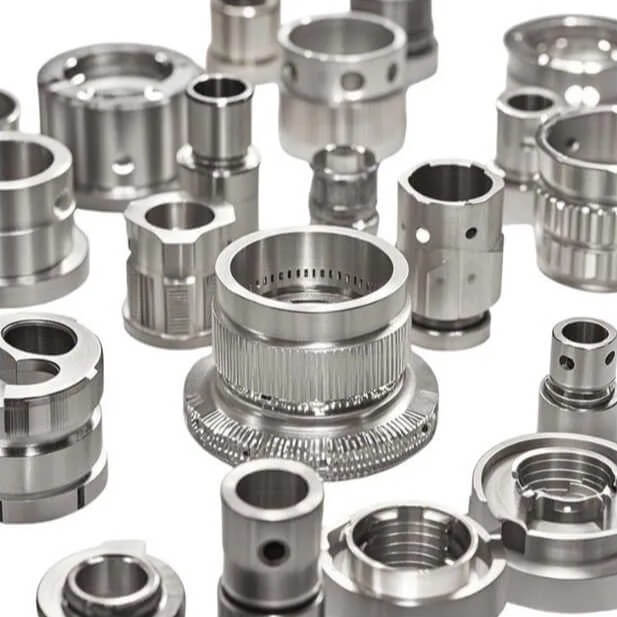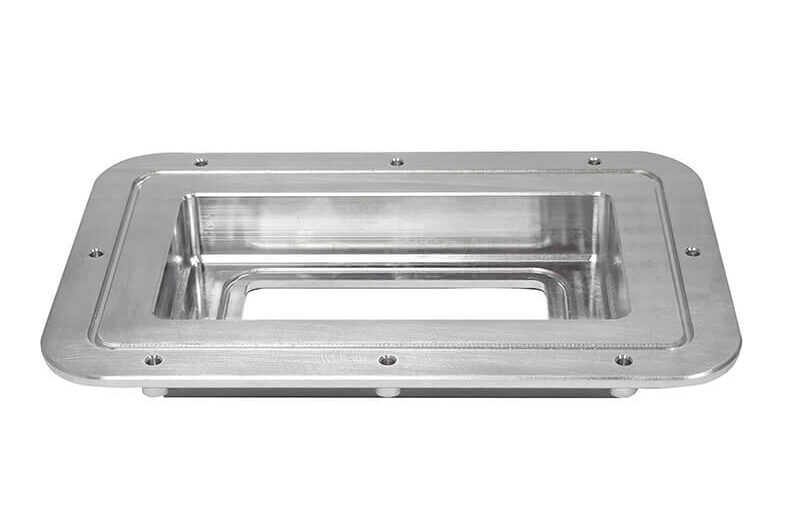Introduction to Metal Parts Manufacturing Processes and Materials
Metal part manufacturing is a critical aspect of various industries such as automotive, aerospace and construction. The ability to manufacture precise and durable metal components is essential to the growth and advancement of these industries. When it comes to forging processes, Andrew Tool & Machining Inc has been providing high-precision, high-quality and responsive metal forging solutions.
In this article, we will explore the different processes and materials involved in metal part manufacturing, highlighting their importance and impact on the future of manufacturing.
Different Processes and Materials for Metal Parts Manufacturing:
One of the primary processes used in metal parts manufacturing is casting. Casting involves pouring molten metal into a mold, allowing it to solidify and take the shape of the desired component. This process is widely used due to its versatility and ability to produce complex shapes. It is particularly useful for large-scale production, where identical parts need to be manufactured quickly and efficiently.
Another commonly used process is machining. Machining involves the removal of material from metal workpieces using a variety of cutting tools, allowing for precise shaping and finishing of metal parts. At the same time, machining is also often used to manufacture complex parts that require tight tolerances and high surface quality. Therefore, machining is a versatile process that can be used on different metals, including steel, aluminum and titanium.
In recent years, additive manufacturing, also known as 3D printing, has gained significant attention in the metal parts manufacturing industry. This process involves building up layers of material to create a three-dimensional object. Additive manufacturing offers several advantages, including the ability to produce complex geometries and reduce material waste. It also allows for the creation of lightweight structures with optimized internal features. While additive manufacturing is still evolving, it has the potential to revolutionize the way metal parts are manufactured in the future.

When it comes to materials used in metal parts manufacturing, there is a wide range of options available. Steel is one of the most commonly used metals due to its strength, durability, and affordability. It is suitable for a variety of applications and can be easily machined or cast. Aluminum is another popular choice, known for its lightweight properties and excellent corrosion resistance. It is commonly used in the automotive and aerospace industries. Titanium, on the other hand, is a high-performance metal that offers exceptional strength-to-weight ratio and excellent resistance to extreme temperatures. It is often used in applications that require both strength and lightness, such as aircraft components.
In addition to these traditional materials, there is a growing interest in advanced materials for metal parts manufacturing. These materials include composites, which combine different materials to achieve specific properties. For example, carbon fiber-reinforced composites offer high strength and low weight, making them ideal for applications where weight reduction is critical. Another emerging material is shape memory alloys, which have the ability to return to their original shape after being deformed. These alloys are being explored for their potential in creating self-healing and adaptive structures.
In conclusion, metal parts manufacturing processes and materials play a vital role in shaping the future of manufacturing. Casting, machining, and additive manufacturing are some of the key processes used to create metal components. Steel, aluminum, and titanium are commonly used materials, while advanced materials like composites and shape memory alloys offer exciting possibilities. As technology continues to advance, we can expect further innovations in metal parts manufacturing, leading to more efficient and sustainable production methods.
